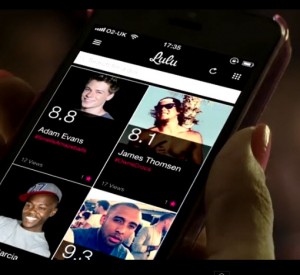Claim shoveling.
This morning while washing the coffee pot the radio was tuned to a bank commercial. Some tier-two bank with “commerce” in the name (maybe) made a service claim — something like “We treat every customer with respect.” It was one of a litany of unsupported claims that typically go into ad copy these days — not unlike spring blackflies in the Connecticut woods. Who writes this stuff? More importantly who approves this stuff? The bank CEO clicked the “like” button, I’m sure.
Here’s the first rule of storytelling or copy writing: Don’t make a claim without proving it. Again, for emphasis, don’t make a claim without proving it. By following this simple rule, you’ll find yourself with less dead air to fill – and believe me, it is dead if you are simply shoveling claims – and you just might find yourself with a strategy.
I’m a fast swimmer. Bad.
I swim a .56 in the 100 meters. Good.
Our cold pressed juices makes you healthier. Bad.
Since I started drinking cold pressed juices I haven’t had my annual cold. Good.
Filling out the application online is easy. Bad.
Most people fill out the form in 2 minutes. Good.
Great ad writers get this premise and defend it like Davy Crockett. Unfortunately great copywriters live in very small villages and are hard to find. Claim-shovelers are a dime a dozen. It’s bad tradecraft, it inoculates consumers against proper selling and is a blight on the business. Peace.



